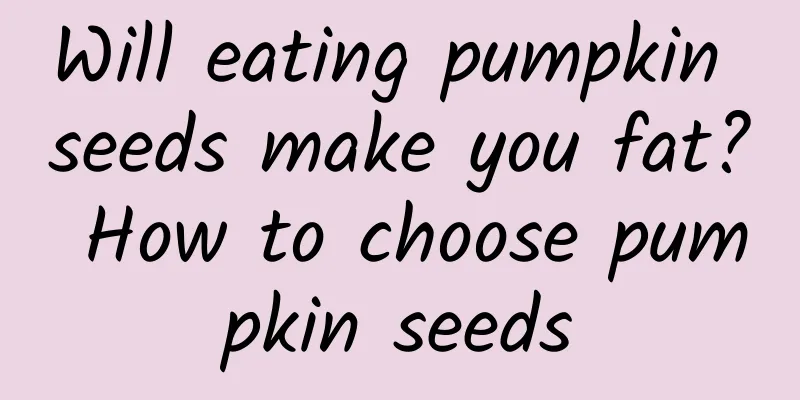If you like puffed food, come and have a look.

|
As a kind of leisure food, puffed food has appeared in people's lives for a long time. Due to its unique taste, wide variety and exquisite appearance, it is deeply favored by consumers, making it gradually occupy a place in the food market. What is puffed food Potatoes, rice, corn, millet, purple sweet potatoes, yams and other ingredients are changed through frying, extrusion, baking, microwave and other processing techniques, and this is puffed food. Puffed food changes in appearance because the water vapor in the raw materials vaporizes and expands due to high temperature or pressure difference treatment, that is, the volume becomes larger and there are small holes. What are puffed foods? Puffed foods are mainly divided into oil-containing puffed foods and non-oil-containing puffed foods. Oil-containing puffed foods refer to puffed foods that are fried with edible oils or have edible oils added and/or sprayed in the product. Non-oil-containing puffed foods refer to puffed foods that do not have edible oils added or sprayed in the product. Common products include potato chips, rice crackers, shrimp crackers, crispy rice crackers, popcorn, crispy snack noodles, crab sticks, snow cakes, rice crackers, etc. They are not puffed foods Potato Food The key to distinguishing these two types of products is to look at the ingredient list. The main raw material of the puffed food ingredient list is potato flour, and the raw material of the potato food ingredient list is generally potato, but there are also puffed food ingredients that contain potatoes. Secondly, the general product packaging will be marked with puffed food, sliced or original cut potato chips. Due to similar production processes, many pastries and puffed foods may be easily confused in classification. For example, "fat intestine crisps or fat intestine rolls" may be pastries or puffed foods. It is necessary to pay attention to the implementation standards and production license information, and confirm with the company when necessary. Puffed soy products Although the word "puffed" is included in their names, they are not puffed foods, but rather new types of soy products that use puffing technology. Puffed soy products are made from soy flour, edible soybean meal, soy protein powder, etc., with or without seasonings, and are processed by extrusion and puffing to have a certain tissue state or fiber structure. Flavored noodle products are convenience foods, which refer to ready-to-eat products made from wheat flour as the main raw material and edible vegetable oil, edible salt, white sugar and spices as auxiliary materials, and processed through extrusion, cooking, cutting, mixing and packaging. Flavored noodle products mostly comply with corporate standards. They can be distinguished by product category, ingredient list, implementation standard, product form, license and production process marked on the label. The original sin of unhealthy nutrients In the nutritional composition table, energy and the four core nutrients "protein, fat, carbohydrates, and sodium" are mandatory items to be labeled. If hydrogenated and/or partially hydrogenated fats are contained in the ingredients or used in the production process, the content of trans fat (acid) should also be labeled. Trans fatty acids are unhealthy fats that can cause blood clots, coronary heart disease, obesity, and affect memory. Nutrient Reference Values (NRVs) are used to indicate the percentage of energy and nutrient content in the daily reference intake. Taking the protein in fresh shrimp strips as an example, eating 30 grams of shrimp strips will ingest 2.1 grams of protein, accounting for 4% of the total protein required by the human body for the whole day. The nutrient content of fresh shrimp strips and cheese-flavored corn chips is indicated by "portions" (the size of 1 portion can be determined according to the characteristics of the food or the recommended amount). According to the net content of 80 grams of fresh shrimp strips and 140 grams of cheese-flavored corn chips, we can calculate the percentage of nutrients obtained from eating a bag of puffed food in the daily nutritional needs of the human body. From the data in the nutritional reference table of puffed food, it can be seen that the energy (converted into calories when entering the body), fat, carbohydrates, and sodium (the main element of salt) consumed by the human body after eating a bag of fresh shrimp strips or a bag of cheese-flavored corn chips are close to or even exceed those of a full meal. In order to ensure a rich taste, a large amount of oil and salt must be added to puffed foods. Coupled with the rich carbohydrates in the raw materials, puffed foods are "high in calories", "high in fat", "high in carbohydrates" and "high in salt". |
<<: The child's recent photo reminded netizens to correct his teeth or adenoids
Recommend
What are the causes of bleeding from vaginal injury?
Vaginal injury and bleeding in women may be cause...
Pregnancy check-up fee
Checking during pregnancy is very important. It c...
What should women avoid eating if they have HPV virus?
Particularly fond of spicy food and iced milk dri...
What are the symptoms of uterine contractions after painless abortion and how to deal with them?
Abortion is an act performed by women to deal wit...
Early pregnancy test, 3 methods are the most reliable
Women who have had childbirth experience can easi...
What is the reason for lower abdominal pain and back pain in women
Is long-term low back pain caused by pelvic infla...
How to conceive with a retroverted uterus? What are some good methods?
We all know that conception is the result of the ...
How should vaginal bleeding be treated?
In recent years, many women have gynecological di...
Why does the amount of bleeding during ovulation feel like menstruation?
Women have their periods every month. Except for ...
Is the fetus in the belly afraid of shaking?
After pregnancy, the growth and development of th...
What to do if you don't want a baby after one month of pregnancy
Normal intrauterine pregnant women, gestational p...
Can otitis media also cause cerebral thrombosis? Understanding the true nature of cerebral venous sinus thrombosis
Author: Wang Daming, Chief Physician of Beijing H...
In vitro fertilization egg and sperm retrieval: Parents’ cleanliness obsession can save the baby’s life!
Author: Chen Weiwei, Chief Technician, Sichuan Ji...
Characteristics of a 2-month-old baby girl
After pregnancy, the issue people are most concer...
What are the early symptoms of cervical cancer?
Cancer is usually divided into early, middle and ...









